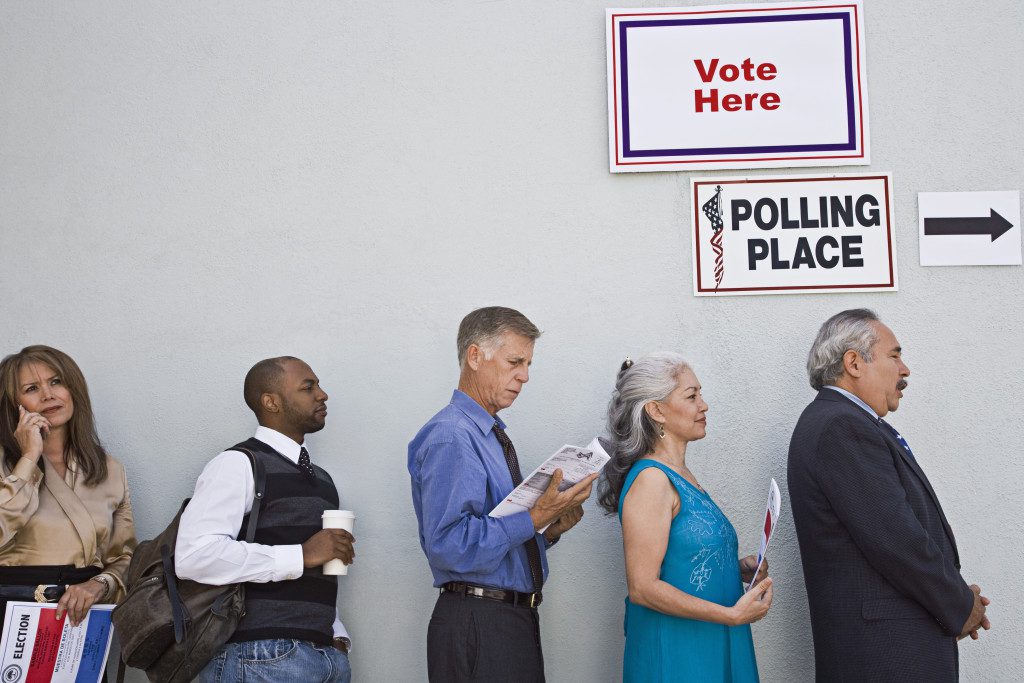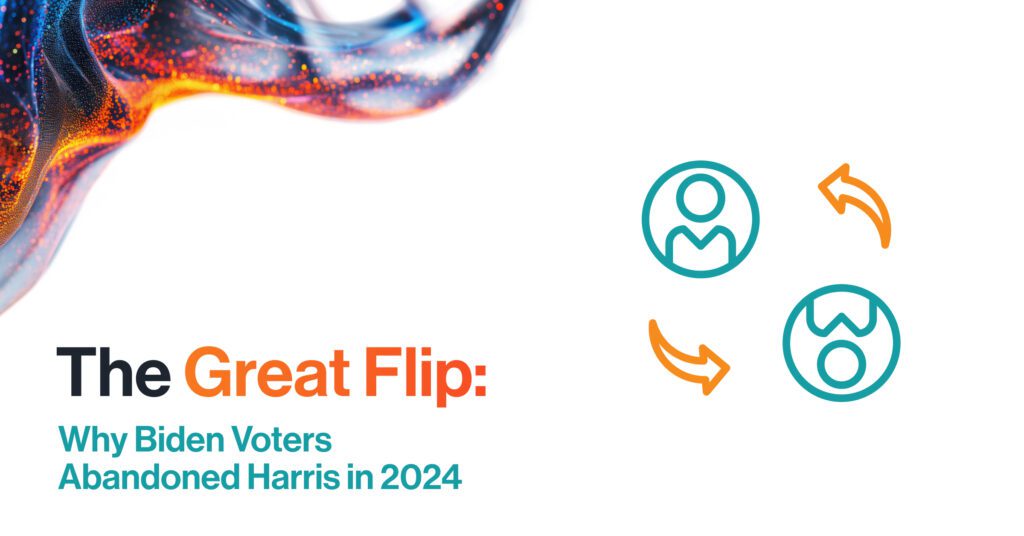This past Wednesday, January 20th at MediaPost’s MarketingPolitics conference, I had the pleasure of speaking on a panel discussion titled, Match Game: The Data Challenge of 2016. The panel focused on answering several key questions that many marketers and political strategists are asking as we start this election year:
- What are the best approaches now for managing cookies, device IDs, deterministic and probabilistic matching and lookalike modeling?
- In what cases are these approaches more and less effective? And who in the end owns this data?
- How and with whom is the data being shared? And who is accountable for voter privacy?
For Resonate our proprietary data is the bread and butter of how we have added value to many election campaigns on both the local and national level over the years. Specific points I brought up during the panel included:
- The DC market is currently more adept at understanding and using voter file targeting to drive digital advertising at desired segments than they are at using cookie targeting, device IDs, deterministic and probabilistic matching and lookalike modeling. While this signifies strong advances of sophistication from our partners in the political space, there is still much untapped opportunity.
- Match rates are a concern this election cycle – if you’re relying on the voter file to define segments, and match rates are only 20-40% of the file, then you’re by definition not able to reach 60-80% of your target audience. Using some of the aforementioned techniques can substantially close this gap, and dramatically improve coverage and performance.
- There is much more data available in the digital world beyond voter file attributes alone – political marketers need to take advantage of this data in order to regain scale and build richer audience segments than those that can be built with the voter file data alone.
- Intent-based data and targeting is great – for the right purpose. Make sure that you’re using the right data for the right campaign objective. Education and Persuasion campaigns require different data and approaches than GOTV campaigns.
An overall observation: This conference was a great reminder of how gratifying it is to see the market gaining an understanding and appreciation of the importance of deep insights into why voters take the actions they take—including their motivations, values, beliefs and issue positions —as part of the marketing mix. We’ve seen hundreds of examples over the last seven years where this approach has helped campaigns cost-effectively deliver the right messages to the right target audience.



